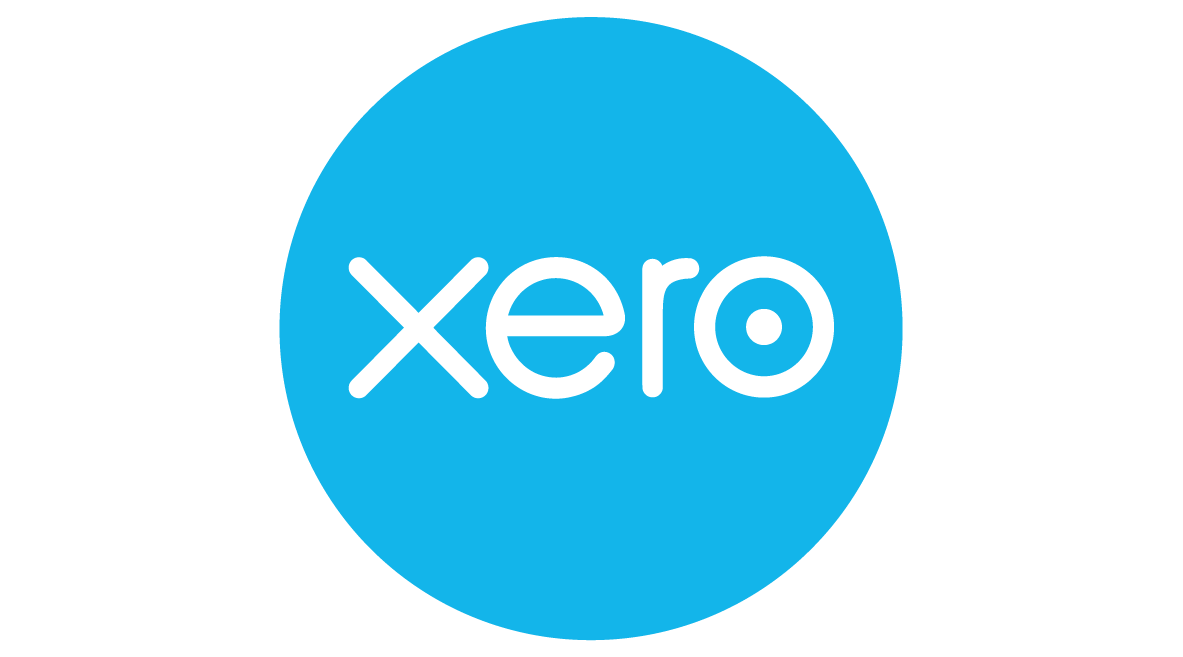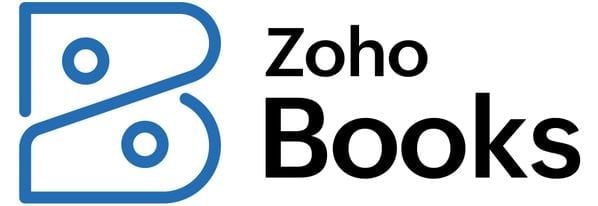FIFO vs. LIFO: How to Pick an Inventory Valuation Method

Many or all of the products featured here are from our partners who compensate us. This influences which products we write about and where and how the product appears on a page. However, this does not influence our evaluations. Our opinions are our own. Here is a list of our partners and here's how we make money.
There is more to inventory valuation than simply entering the amount you pay for your inventory into your accounting or inventory management software. There are a number of ways you can value your inventory, and choosing the best inventory valuation method for your business depends on a variety of factors.
FIFO and LIFO are the two most common inventory valuation methods. FIFO stands for “first in, first out” and assumes the first items entered into your inventory are the first ones you sell. LIFO, also known as “last in, first out,” assumes the most recent items entered into your inventory will be the ones to sell first. The inventory valuation method you choose will depend on your tax situation, inventory flow and record keeping requirements.
FEATURED
Inventory valuation methods
There are five ways in which a business can choose to calculate the cost or value of inventory:
Specific identification: Specific identification inventory valuation attaches cost to specific items in inventory. This is done using serial numbers or some other unique identifier.
Weighted average: The weighted-average method of inventory valuation is often used when inventory is not perishable but stock can still easily be rotated or intermingled.
Retail method: Instead of valuing inventory based on the cost to acquire the inventory, the retail method values inventory based on the retail price of the inventory, reduced by the markup percentage. This is the least specific inventory valuation method.
First in, first out (FIFO): The FIFO method of inventory valuation assumes the first items entered into your inventory are the first items you sell. FIFO inventory valuation assumes any inventory left on hand at the end of the accounting period should be valued at the most recent purchase price. Anything purchased at an older price would have been discarded due to spoilage or other loss of value.
Last in, first out (LIFO): LIFO inventory valuation is essentially the opposite of FIFO inventory costing. The LIFO method assumes the most recent items entered into your inventory will be the ones to sell first.
What to consider
There is no wrong method to use to value your inventory, but there is a best way for your business. The method you choose depends on four different factors:
Inventory flow: Most businesses sell the oldest items in stock first. Think of a grocery store or a clothing boutique: In both of these types of businesses, stock loses its value with time, and so the older items are pushed to the front of the shelves to help them sell quicker. There are some instances, though, when the newer inventory is sold first. A lumberyard is a good example. Wood, concrete and gravel aren’t rotated as new stock arrives, and so the newer inventory would be sold before the older inventory.
Inflation or deflation: In periods of inflation — when costs and prices are on the rise — your older inventory costs less than your newer inventory. And chances are, you will raise your prices before your old inventory is depleted. This increases your gross profit margin… and your taxable income. Similarly, in periods of deflation, your older inventory costs less than your newer inventory. Your prices are also likely to come down before your old inventory is depleted, so you show less profit on your financial statements.
Recordkeeping: When comparing FIFO vs. LIFO, the recordkeeping requirements for LIFO are typically more onerous than those for FIFO. This is because the inventory in a business that uses LIFO is “layered,” meaning older inventory can be held for long periods of time. A business that uses FIFO assumes the older stock is rotated quickly and regularly.
Financial reporting requirements: LIFO inventory valuation is allowed by the IRS and under generally accepted accounting principles (GAAP). It is not, however, allowed under international financial reporting standards (IFRS).
» MORE: Best free inventory software
Examples
Let’s say you own a craft supply store specializing in materials for beading. Your inventory doesn’t expire before it’s sold, and so you could use either the FIFO or LIFO method of inventory valuation.
Over the course of the past six months, you have purchased spools of wire.
You have purchased a total of 140 spools of wire during this period. You conduct a physical inventory and determine you have sold 120 spools of wire during this same period.
Regardless of the price you paid for your wire, you chose to keep your selling price stable at $7 per spool of wire.
FIFO inventory valuation
Since you kept your price stable at $7 per spool of wire, you know your gross revenue was $840 ($7 x 120 spools). But what is your profit?
If you use the FIFO method of inventory valuation, you assume your oldest spools of wire were sold first. This means your costs are as follows:
Since you purchased 140 spools and sold 120, this table doesn’t include the 20 spools you purchased in June at $5 per spool, since these were the last in. Per the FIFO method, the first spools you purchased were the first out, meaning the last spools you purchased in June still remain in your inventory.
Your profit over the past six months is calculated as follows:
Gross Revenue – Cost of Goods = Gross Profit
$840 – $340 = $500
Your profit for the wire is $500.
LIFO inventory valuation
Now let’s see what your profit is if you use the LIFO inventory valuation method. Your gross revenue is still $840, but how will your profit change by choosing a different valuation method?
Your profit over the past six months is calculated by the LIFO method as follows:
Gross Revenue – Cost of Goods = Gross Profit
$840 – $380 = $460
Your profit for the wire is $460—$40 less than under the FIFO method.
What it means for your bottom line
A $40 profit differential wouldn’t make a significant difference to your bottom line. For the sake of simplicity, we kept the numbers in the example small. Also, we only looked at one item in your entire inventory. But you can easily see that — if the dollar amounts or the quantities sold were higher, and you factor in the different products in your craft store — choosing LIFO over FIFO would have a significant impact on your business’s profitability.
Of course, you want your business to be profitable. However, you also don’t want to pay more in taxes than is absolutely necessary. You neither want to understate nor overstate your business’s profitability. This is why choosing the inventory valuation method that is best for your business is critically important.
Inventory valuation for tax purposes
The IRS knows business owners want to minimize their tax burden. In order to keep taxpayers from gaming the system by valuing their inventory on a FIFO basis one year and LIFO the next, there are rules in place regarding inventory valuation:
If you want to use LIFO inventory valuation, you must file Form 970 with the IRS. You can choose to value all your inventory using LIFO, or you can use LIFO just for certain goods you carry.
Once you elect to use LIFO for your inventory valuation, you cannot switch back to FIFO or another inventory valuation method without express permission from the IRS. To request a change in inventory valuation from the IRS, you must complete Schedule D, Part 2 of Form 3115.
Beyond tax impact
Tax impact isn’t the only consideration when choosing your inventory valuation method. As mentioned earlier, inventory flow, recordkeeping and reporting requirements also play a role in your inventory valuation method. When deciding whether FIFO vs. LIFO is right for your business, consider these factors as well:
Inventory flow
For spools of craft wire, you can reasonably use either LIFO or FIFO valuation. For perishable goods — like groceries — or other items that lose their value with time, using LIFO valuation doesn’t make sense because you will always try to sell older inventory first.
Recordkeeping
If you choose to use the LIFO method of inventory valuation, you will need a recordkeeping system that allows you to determine when you access older “layers” of inventory and then apply the cost of that older inventory accurately. Many businesses find this requirement alone negates any benefits of LIFO valuation.
Reporting requirements
If you are looking to do business internationally, you must keep IFRS requirements in mind. LIFO valuation is not allowed under these standards. If you plan to do business outside of the U.S., choose FIFO or another inventory valuation method instead.
Which is right for you?
There are a number of factors that impact which inventory valuation method you should use. Tax considerations play a large role in your choice, but tax impact shouldn’t be the only thing you consider when choosing between FIFO and LIFO.
Although FIFO is the most common and trusted method of inventory valuation, don’t default to using FIFO. In certain cases, LIFO might be the better choice. Discuss your inventory valuation options with your accountant. He or she will be able to help you make the best inventory valuation method decision for your business based on your tax situation, inventory flow and recordkeeping requirements.
A version of this article was first published on Fundera, a subsidiary of NerdWallet.

| Product | Starting at | Promotion | Learn more |
|---|---|---|---|
 QuickBooks Online NerdWallet Rating Learn more on QuickBooks' website | $30/month Additional pricing tiers (per month): $60, $90, $200. | 50% off for first three months or free 30-day trial. | Learn more on QuickBooks' website |
 Xero NerdWallet Rating Learn more on Xero's website | $15/month Additional pricing tiers (per month): $42, $78. | 30-day free trial or monthly discount (terms vary). | Learn more on Xero's website |
 Zoho Books NerdWallet Rating Learn more on Zoho Books' website | $0 Additional pricing tiers (per month): $20, $50, $70, $150, $275. | 14-day free trial of the Premium plan. | Learn more on Zoho Books' website |
 FreshBooks NerdWallet Rating Learn more on FreshBooks' website | $19/month Additional pricing tiers (per month): $33, $60, custom. | 30-day free trial or monthly discount (terms vary). | Learn more on FreshBooks' website |

